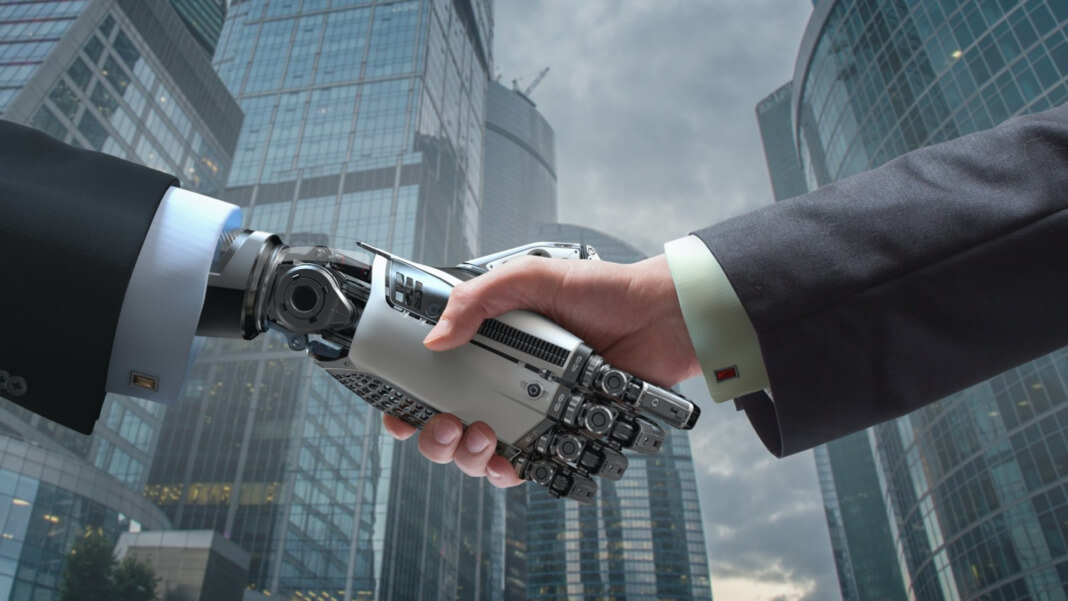Artificial Intelligence (AI) is a growing force that is more deeply-seated in some sections than others. Traditionally, analytics provided insights that enabled a higher deliverance of business value and allowed for better-informed decision-making for companies; however, it is no longer just about that today. With machine learning (ML) and AI models, the more data it receives, the better it becomes. The AI today isn’t the AI that pop culture has shown it out to be. AI is nowhere close to Tony Stark’s Jarvis assistant, but it can make existing tech smarter and unlock the power amassed from big data. Not as cool but undoubtedly useful.
So how can businesses tap onto this and what are the challenges to look out for?
What can AI do and how useful is it
Businesses will have to familiarise themselves with what AI can do in order to decide on what AI should do for them. Businesses will have to explore different ideas and figure how AI capabilities can be added into the mix of existing products and services to enhance business value or solve problems.
The priority of implementations should be tied directly to business and financial value. The Prioritisation Matrix can help to achieve this based on near-term visibility and financial value.
Here are also some free workshops and courses available online that cover the basics of AI:
- edX’s online AI course, by Columbia University
- Google AI’s education resources
- Coursera’s Introduction to Artificial Intelligence (AI) by IBM
Do not ignore the internal capability gap
There is a stark difference between what a business wants and its actual capabilities to achieve it within a set timeframe. For businesses to adopt AI successfully, it must have a coherent and active strategy. Critical strategy implementation should be controlled centrally and considered from a holistic point-of-view rather than in piecemeal executions. About that, AI might be more advantageous for businesses that operate free from the burden of legacy processes.
Identifying the internal capability gap means identifying what is needed to be acquired and what are the processes or workflows that require evolution before the implementation of AI. It would be redundant to implement AI solutions within a company that is unprepared to act. This process is often lengthy but essential.
Pilot project
Once businesses have acquired the needful requirements and preparation for the adoption of AI into their system, it is time to build and integrate.
With project goals in mind, start small and stay aware of what is known and not known about AI. It is a constant learning journey, and forming a team of four to five external AI experts and internal business experts could be fruitful. The pilot project is usually a short project of up to 3 months, and having a tight timeline can help keep the team focused on their goals.
Some of the challenges would firstly be the scarcity of AI experts and secondly the difficulty to hire the right person when most employees are unaware of the mere technicalities that involve AI. Simply put, businesses can’t lookout for something that they aren’t aware of. One of the prerequisites to any successful AI adoption is the use of data scientists or outsourcing its AI projects. Alternatively, another solution would be education.
Educating the technical team and pave an opportunity to have citizen data scientists. Based on urgency, education would be the ideal option as businesses should prioritise educating themselves above all else if they want to be successful in the long run, not to mention self-sufficient.
Once the pilot project has been completed, it is determined if the value proposition indeed tallies with the needs of the business.
Data integration
Before implementing ML into the business, the data has to be cleaned to avoid futile data and the motion of trash-in-trash-out scenarios.
As data is often stored in several data silos based on the various existing legacy systems and possibly in the hands of multiple business units with differing priorities, a diverse task force is needed. Representatives from these different business units will have to band together to sort out data inconsistencies and ensure data is relevant, rich and suited for the dimensions required for ML.
When it comes to data, it can quickly go south real quick. Factors such as the volume of data, data collection, data labelling, and the accuracy of data have to be taken seriously. Quality and quantity are essential. A vast amount of data is needed for AI to achieve optimum performance and a refined set of data allows for the arrival of accurate predictions. Tech is excellent, but it won’t go beyond what it is fed.
Begin in baby steps: The trial run
Identify a problem that needs to be solved, focus the AI on it with carefully crafted instructions or questions for the AI to work with.
Businesses should apply AI to only a small sample of their data first, use AI to prove the value of the implementation further, collect feedback and expand accordingly.
An inbuilt storage system as part of the AI system
An AI system is only as good as the quality and quantity of data fed to it. A large amount of data is required to help build better and more accurate models with improved algorithms to achieve the computing objectives that businesses require. These large sets of data will need to be inbuilt as part of the AI system. The storage system should be optimised for data ingest, workflows and modelling before further expansion of larger samples.
Incorporate AI into a daily task
AI should be incorporated in daily routines rather than act as something that replaces that. The prediction that AI will replace human jobs is nothing unheard of, and despite insights on the complete opposite, there is still unease. There will be workforce reception challenges as employees feel wary towards new tech and hence the augmentation process of AI into their daily tasks is crucial, not to mention full transparency and education on how technology resolves issues in a workflow. Employee’s buy-in is especially essential for AI implementation, and this helps to provide employees with an ‘under the hood’ experience so they may be assured that AI is merely an addon to their role and not elimination.
And like all things, balance
Often AI systems are designed around the specific envisioned goals without a proper understanding of the requirements of the hard- and software that is required to support the process of achieving these goals. Results are then often less-than-optimal, potentially dysfunctional, and fails to achieve desired goals. A balance of meeting the needs of the technology as well as the end goal or goals is necessary.
A business will need to acquire or build enough bandwidth storage, the graphics processing unit (GPU), networking and security for successful balance. Security is often an overlooked component. The nature of AI requires access to broad bands of data to perform its functions. Before venturing in security, first, identify what kind of data will be involved and if the basic security safeguards such as encryption, virtual private networks (VPN) or even anti-malware are sufficient for safeguarding.
Similarly, the overall budget has to also have a balance between the amount required to achieve the research and implementation whilst on the other hand, protection against power failures or any further redundancies. A thing to look into would be built-in flexibility that allows for the repurposing of hardware as user requirements change over time.
Adopting AI is a challenge, but a worthy one. Other deterrents to the success of AI adoption are the lack of trust, poor data quality and scarcity, a shortage of scale-up tools and a lack of imagination.
The buy-in from employees is essential to the implementation of AI and can be made easier by redesigning their roles to function hand-in-hand with technology. It is a common saying that AI would result in the stealing of human jobs. That, however, is untrue. AI is more likely to revamp the nature and execution of roles whilst possibly opening up new positions as opposed to taking over humans. Businesses that adopt AI will have to make this known to their employees to assuage the concern of being replaced by a machine and distrust towards AI.
Forward-thinking businesses are bound to push Artificial Intelligence (AI) towards newer frontiers by 2021. Holographic meetings for remote-work, personalised manufacturing, or even to the extent of transforming regular board meetings into gamified strategy meetings with built-in simulations and an immersive intelligent edge experience. Businesses will have to tackle these deterrents head-on to stay relevant and prepared for an AI-driven future.





